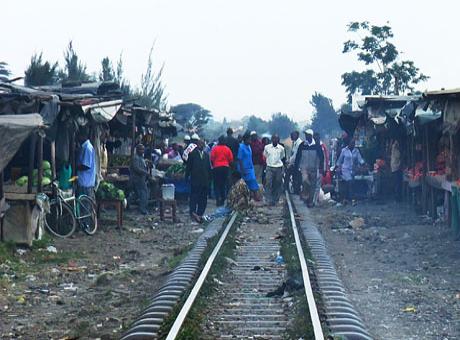DPU Working Paper - No. 159
Livelihoods, land-use & public transport

19 October 2013
Livelihoods, land-use & public transport: Opportunities for poverty reduction and risks of splintering urbanism in Nairobi’s Spatial Plans
Author: Colin Hagans
Publication Date: October 2013
ISSN: 1471-3280
Over a decade after Nairobi’s 1973 – 2000 Metropolitan Growth Strategy lapsed, the city is undergoing a planning renaissance, a significant occurrence given continued high levels of poverty within its metropolitan borders, coupled with the city’s struggle to remain economically competitive. With the government’s recognition that inadequate transport is hindering Nairobi’s development, an expanded public transport system has emerged at the core of the city’s new spatial plans.
The applied linkages between public transport planning and poverty reduction efforts in much of the world, however, are weak. In Nairobi, city planners may therefore miss an opportunity to contribute toward government poverty reduction objectives, and could even worsen socio-economic and spatial inequality in the city, a process that Graham and Marvin (2001) term ‘splintering urbanism’. The lack of a comprehensive framework for identifying urban poor transport needs perpetuates the above risks, and also aids in the often dominant positioning of public transport systems as a means to promote urban economic efficiency and project modernity—particularly as cities in the Global South increasingly compete for international investments.
Using Nairobi as a case study, this paper develops and tests a framework to address the aforementioned gap between public transport planning and poverty reduction efforts. In doing so, the concepts of equity and accessibility are first explored, which reveal the potential for transport planning—when integrated with land-use planning—to contribute towards poverty reduction. The Sustainable Livelihoods Approach methodology is subsequently adapted to identify urban poor accessibility needs in Nairobi and to evaluate the responsiveness of the city’s planning to those needs. The results are multi-faceted, and include identification of: 1) the potential for an adapted livelihoods framework to more systematically identify urban poor accessibility needs; 2) the regressive nature of Nairobi’s renewed spatial plans; and 3) more equitable land-use and transport planning models.
 Close
Close

